Civil Rights
Kentucky's Civil Rights Trail
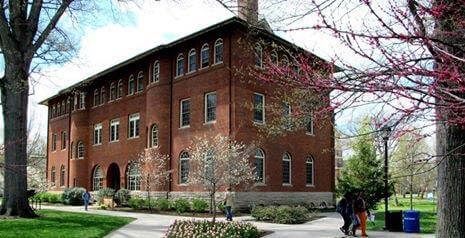
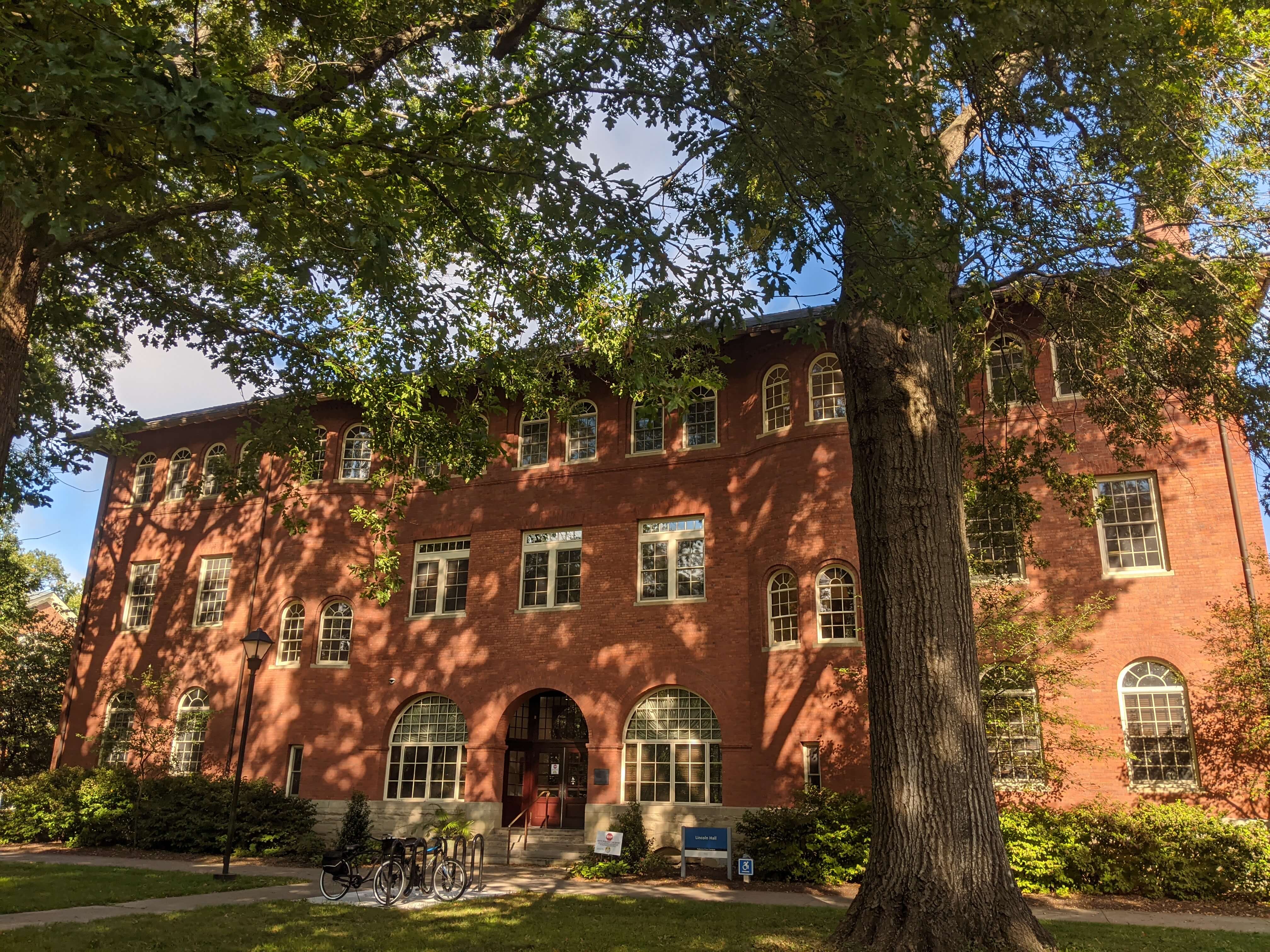
Lincoln Hall at Berea College
Louisville Downtown Civil Rights Trail
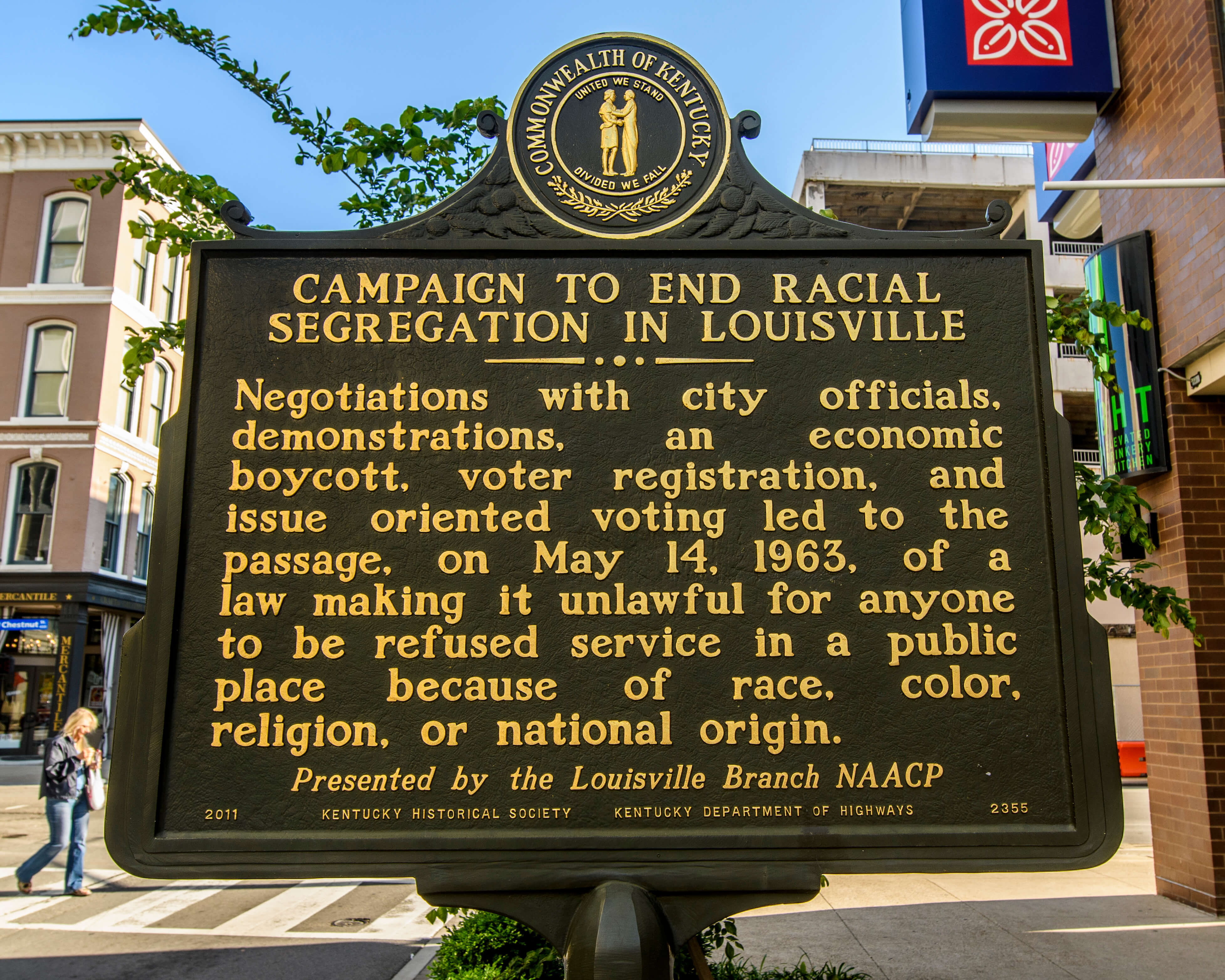
Muhammad Ali Center
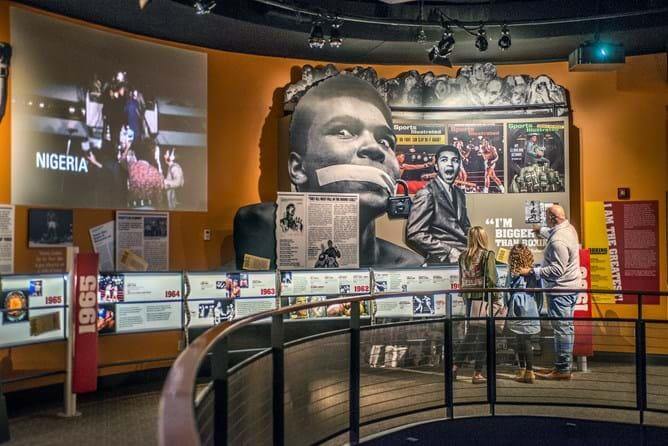
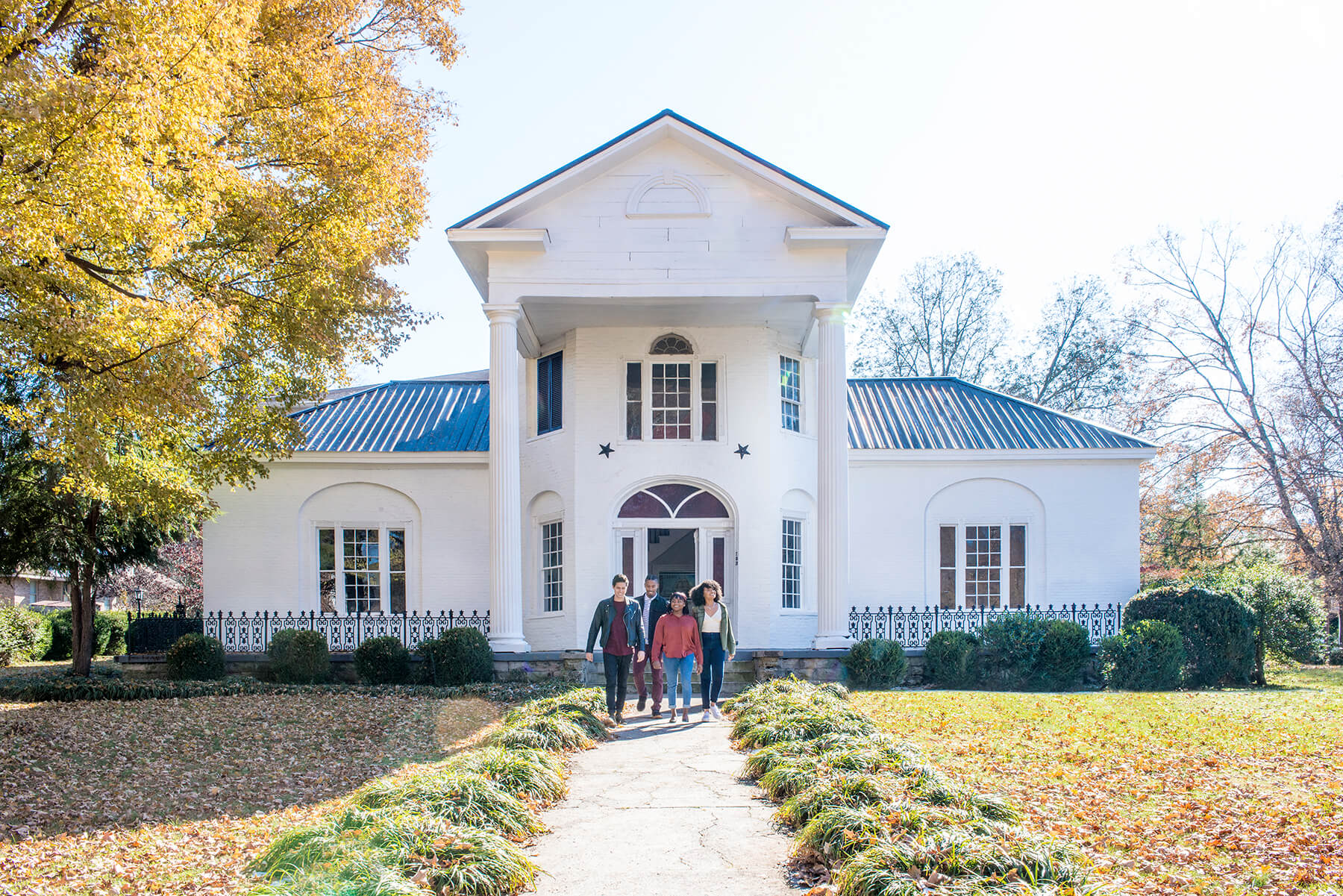
SEEK Museum
Whitney M. Young, Jr. Birthplace
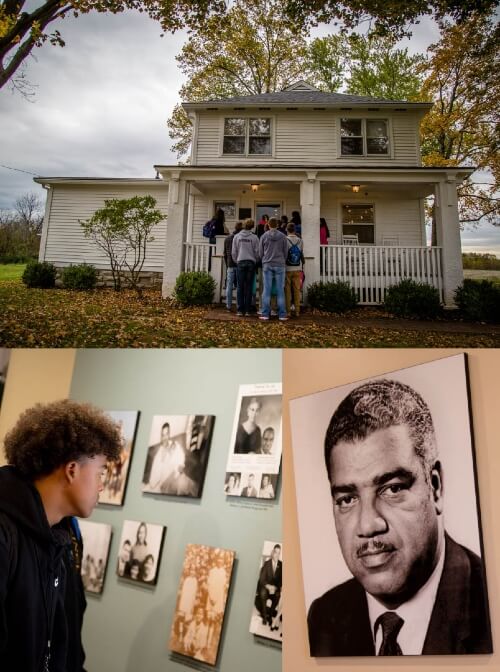
Take a Journey
"Support the strong, give courage to the timid, remind the indifferent, and warn the opposed."
– Whitney M. Young, Jr
Explore Kentucky Civil Rights Sites
We're sorry, it looks like you've hit the end of the trail! Try again? ‹ Back
